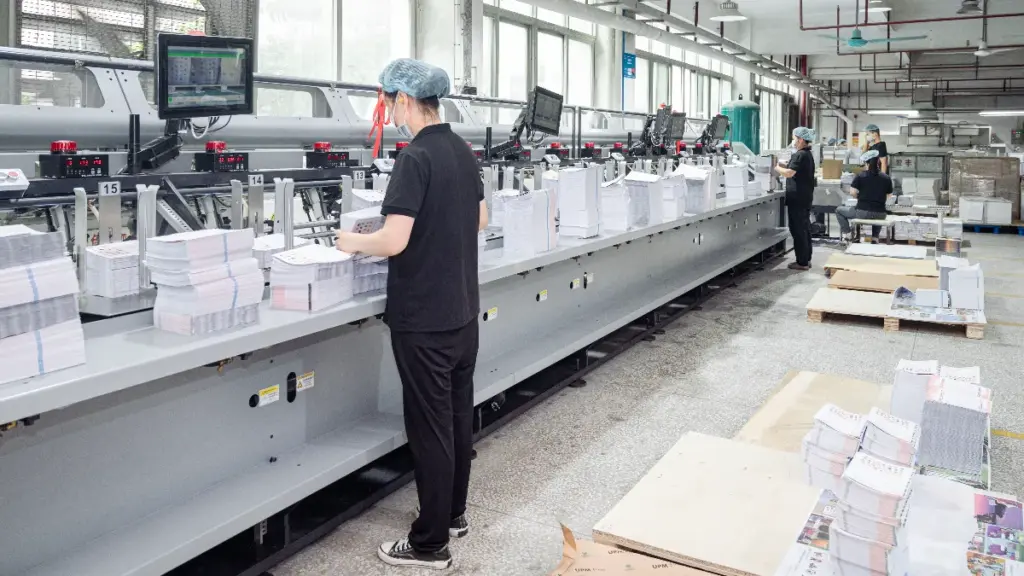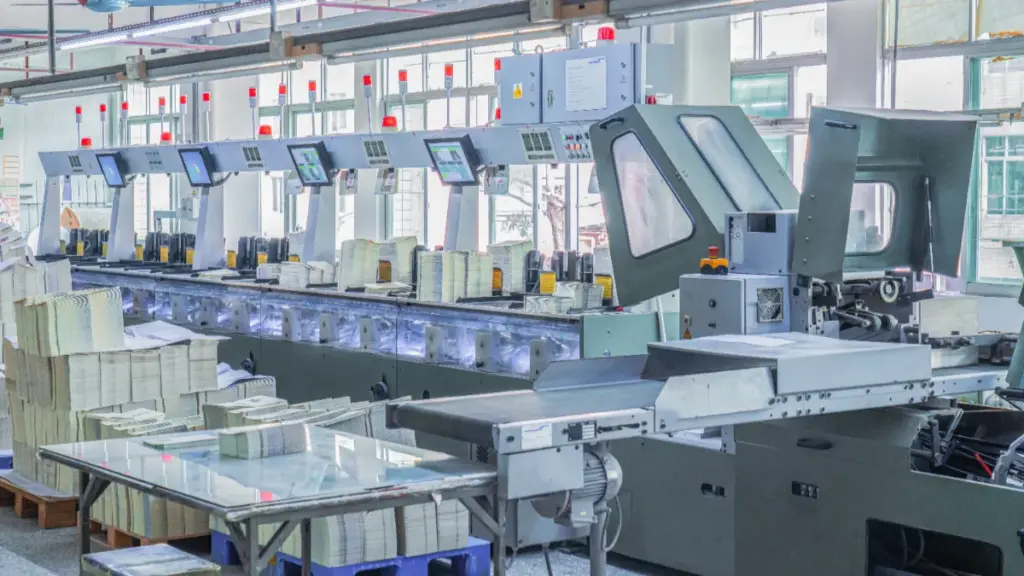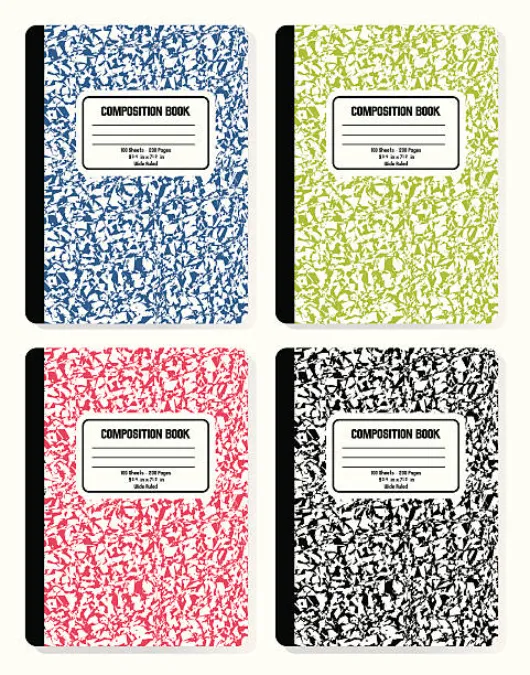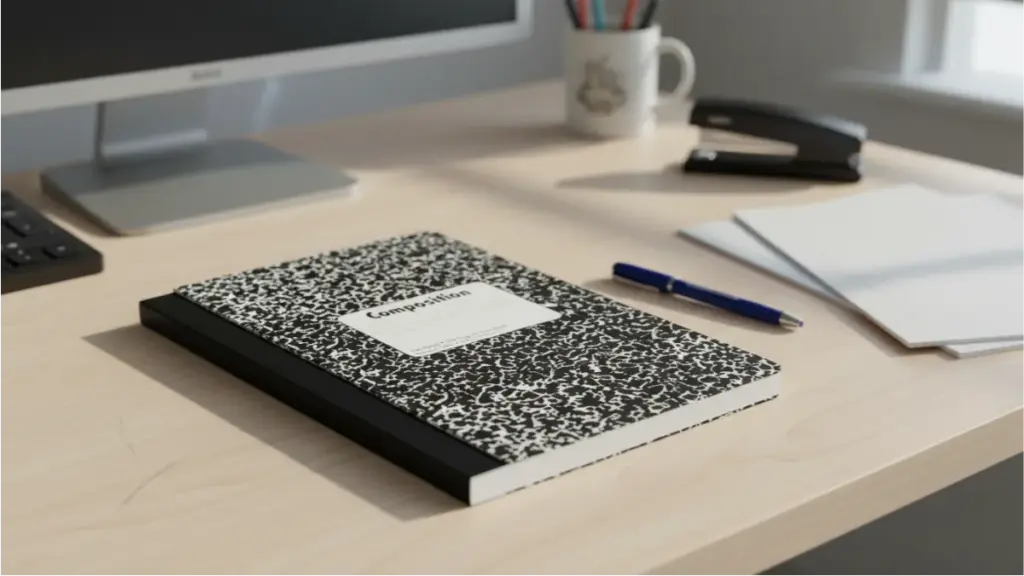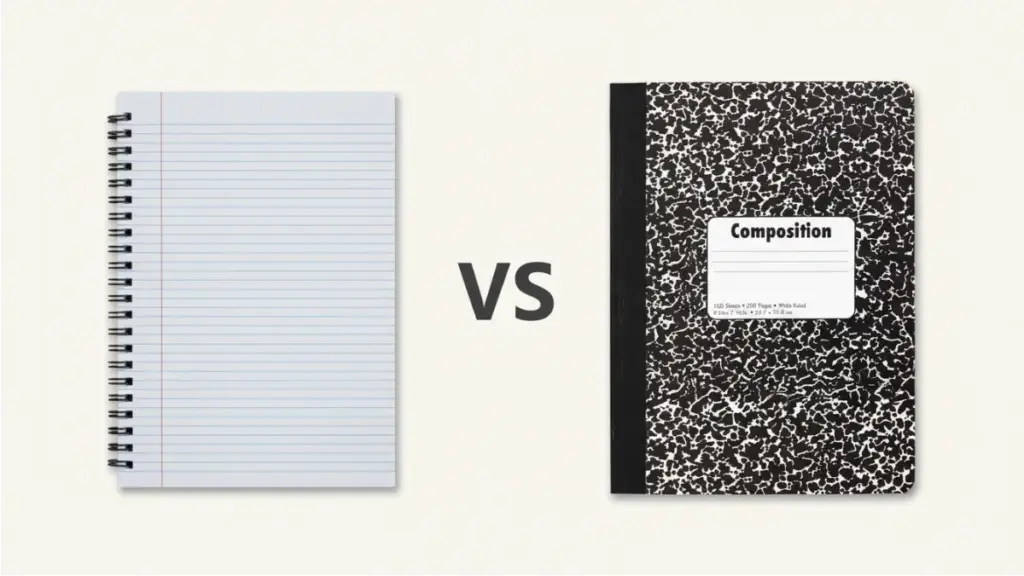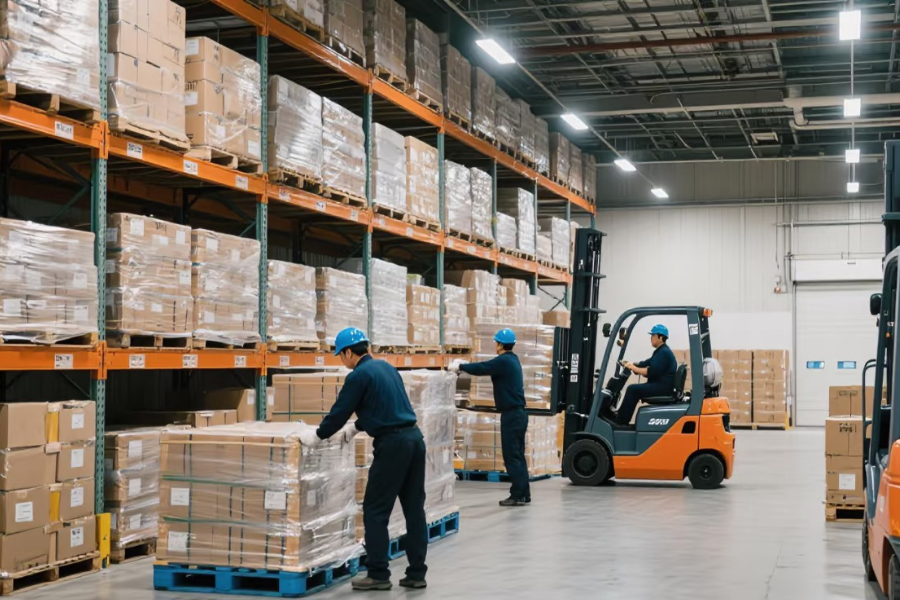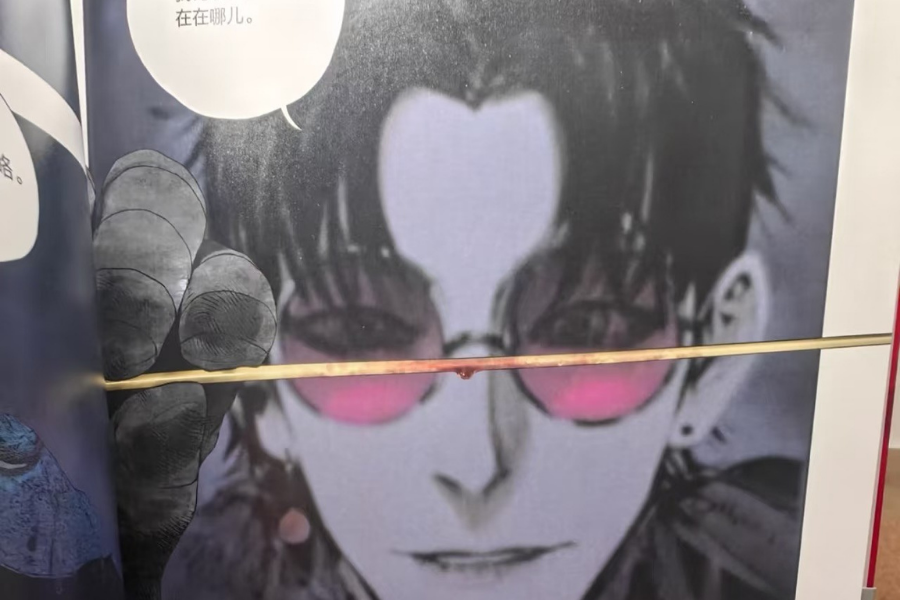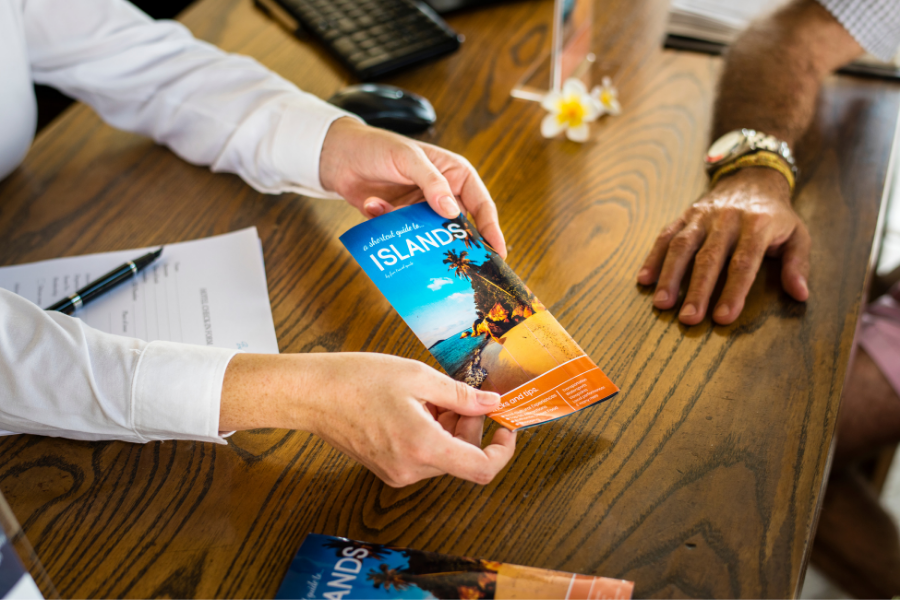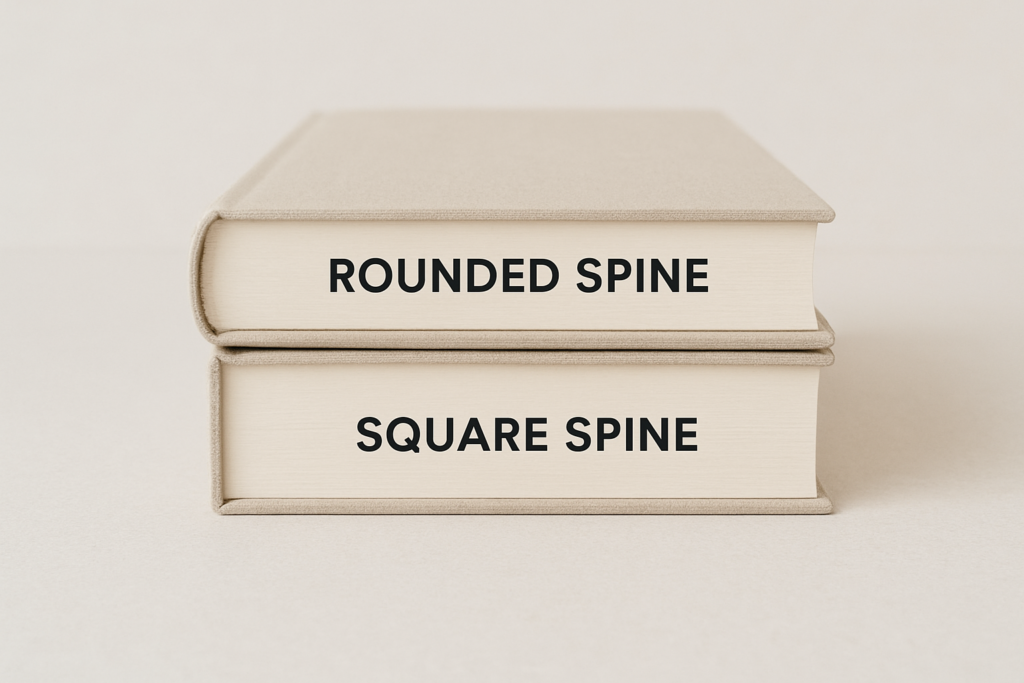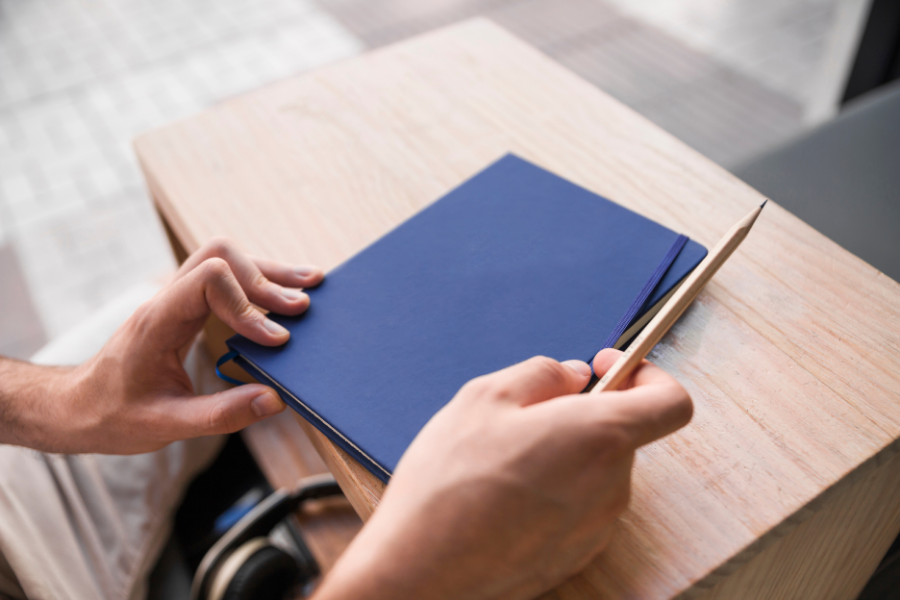브로셔와 소책자라는 용어는 일상 대화에서 종종 같은 의미로 사용되지만, 그들은 마케팅과 디자인의 세계에서 매우 다른 목적을 가지고 있습니다.. 귀하의 제품이나 서비스에 대한 홍보 자료 제작을 고려하고 계시다면, 이러한 차이점을 이해하는 것이 필수적입니다.. 이 기사에서는, 우리는 브로셔나 소책자가 귀하의 특정 목표에 적합한지 결정하는 데 도움이 되도록 차이점을 분석하고 예를 제공할 것입니다..
소책자 란 무엇입니까??
소책자는 여러 페이지로 구성된 작은 출판물입니다., 가장 일반적으로 새들 스티칭으로 묶인다.. 한 페이지짜리 전단지나 접힌 브로셔와는 달리, 소책자는 자세한 정보를 정리하고 제시할 수 있는 더 많은 공간을 제공합니다.. 전자 제품 포장에 사용 설명서로 포함된 소책자를 자주 볼 수 있습니다., 학교에서 학습자료로 배포, 또는 비즈니스 행사에서 정보 가이드로 배포됩니다.. 여러 페이지 형식으로 인해, 소책자를 사용하면 주제를 더 깊이 다룰 수 있습니다., 지침을 설명하는 것이 목표일 때 이상적인 선택입니다., 제품 라인을 선보이다, 또는 복잡한 정보를 명확하고 구조화된 방식으로 전달합니다..
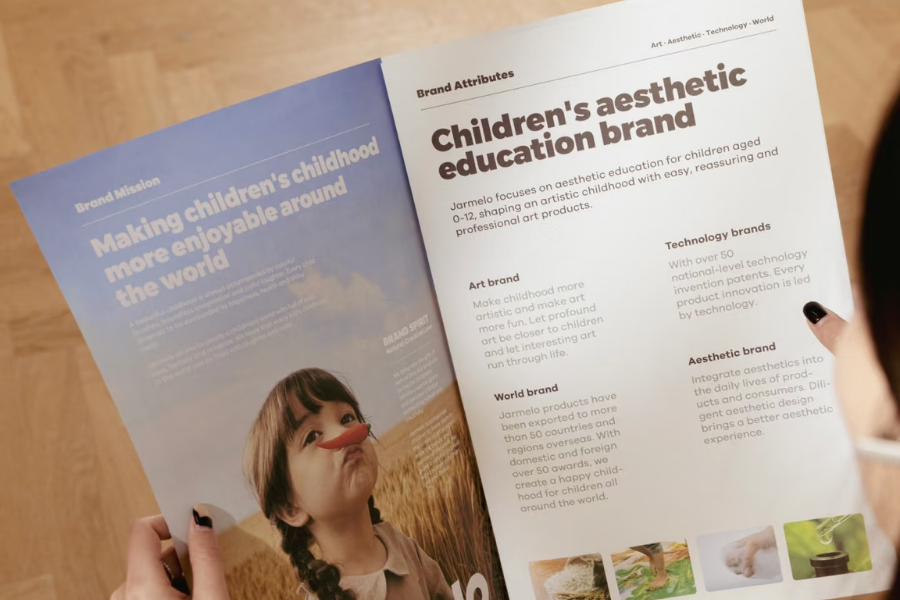
브로셔 란 무엇입니까??
브로셔는 일반적으로 여러 섹션으로 접혀 있는 한 장의 종이입니다., 이중접기와 같은, 삼중접기, 또는 Z-접기, 간결하고 눈길을 끄는 방식으로 정보를 제공합니다.. 책자와는 다르게, 브로셔는 읽기 쉽고 배포하기 쉽도록 디자인되었습니다., 마케팅 캠페인에 완벽하게 적합, 제품 소개, 또는 이벤트 프로모션. 레스토랑에서 메뉴를 소개하기 위해 사용하는 브로셔를 자주 찾을 수 있습니다., 여행사에서 목적지를 강조 표시하기 위해, 또는 기업이 무역 박람회에서 서비스를 홍보하기 위해. 가볍고 가격도 저렴하기 때문에, 브로셔는 독자에게 부담을 주지 않으면서 강한 첫인상을 남기고 핵심 하이라이트를 전달하려는 상황에 가장 적합합니다..
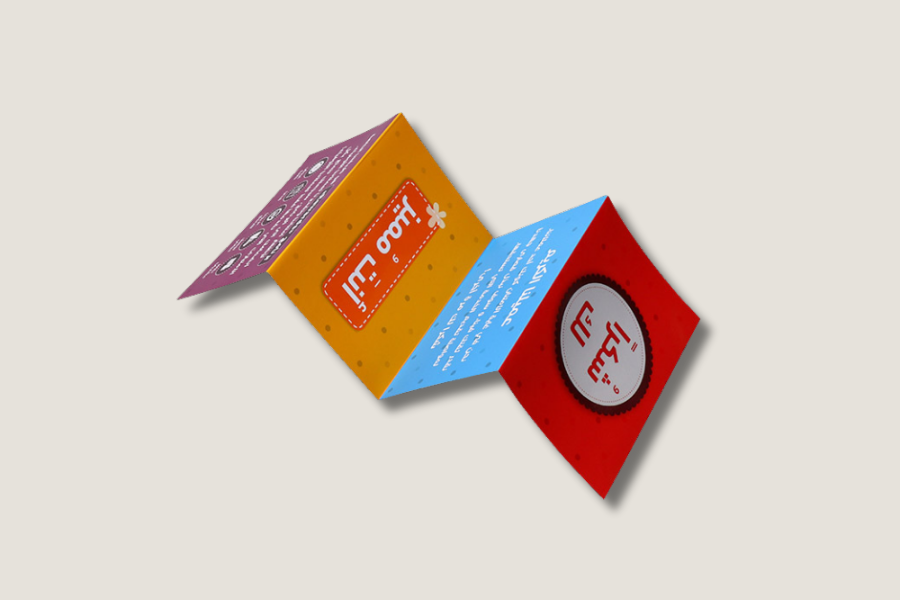
소책자와 브로셔의 주요 차이점
| 특징 | 작은 책자 | 브로셔 |
|---|---|---|
| 체재 | 다중 페이지, 일반적으로 중철 또는 완벽한 바인딩 | 단일 시트, 반으로 접어서, 삼중, 또는 Z-접기 |
| 콘텐츠 깊이 | 상세한 정보에 적합, 지침, 제품 카탈로그 | 하이라이트에 집중, 프로모션, 그리고 빠른 개요 |
| 일반적인 용도 | 사용자 매뉴얼, 학교 자료, 비즈니스 이벤트 유인물, 연간 가이드 | 메뉴, 여행 가이드, 마케팅 캠페인, 서비스 소개 |
| 내구성 | 내구성이 더 강함, 시간이 지나도 보관하고 참조할 수 있도록 설계됨 | 경량, 종종 단기간 사용 |
| 페이지 수 | 일반적으로 8+ 페이지 | 보통 1~2장 접힌 시트 |
| 비용 | 여러 페이지 및 제본으로 인한 인쇄 비용 증가 | 대량 유통에 더욱 경제적 |
| 최고의 대상 | 상세한 정보를 설명하고 있습니다, 제품 라인을 선보이는 | 강한 첫인상을 남기기, 주요 제안 홍보 |
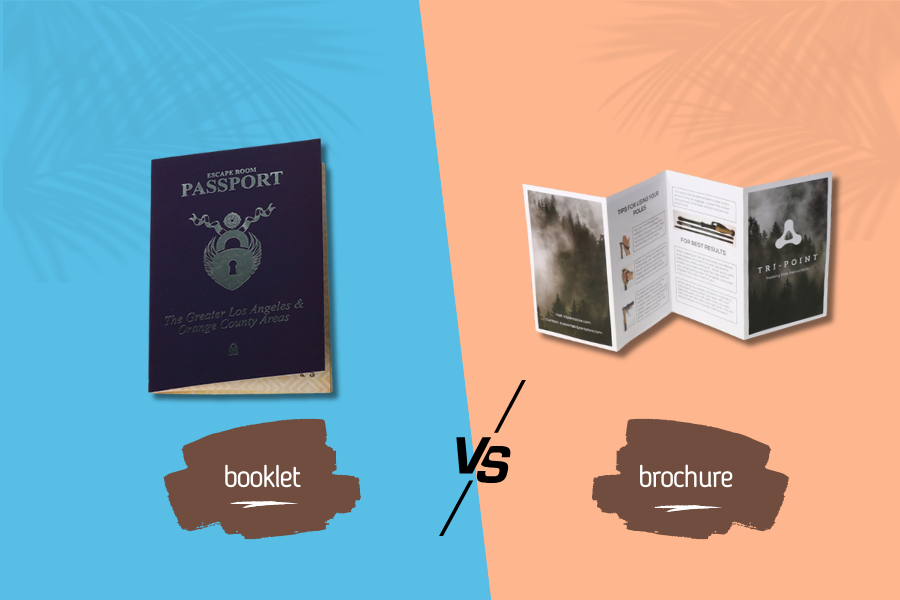
인쇄 및 사용자 정의 옵션을 선택하는 방법?
인쇄할 때, 소책자와 브로셔 모두 브랜드 아이덴티티에 맞게 맞춤화 가능, 하지만 프로세스와 용지 선택이 약간 다릅니다..
소책자
- 종이 선택: 소책자는 여러 페이지로 구성되어 있기 때문에, 가장 일반적인 옵션은 더 무거운 커버 스톡입니다. (예를 들어, 200–300GSM) 더 가벼운 내부 페이지와 결합 (예를 들어, 80–120GSM). 이렇게 하면 소책자를 쉽게 넘기는 동시에 내구성이 향상됩니다..
- 인쇄과정: 소책자는 일반적으로 풀 컬러로 인쇄됩니다. (CMYK) 오프셋 또는 디지털 프레스에서. 인쇄 후, 중철과 같은 방법을 사용하여 페이지를 분류하고 제본합니다. (더 짧은 소책자의 경우) 아니면 완벽한 바인딩 (더 두꺼운, 더 많은 프리미엄 에디션).
- 마무리 옵션: 무광택 또는 광택 라미네이션, 스팟 UV, 또는 보다 전문적인 모양을 위해 표지에 엠보싱을 추가할 수 있습니다..
브로셔
- 종이 선택: 브로셔는 한 장으로 접혀 있기 때문에, 일반적으로 더 두꺼운 용지에 인쇄됩니다., 고품질 재고 (예를 들어, 130–200gsm) 찢어지거나 구겨지는 것을 방지하기 위해. 시각적 효과를 높이기 위해 광택 코팅 또는 무광택 코팅 용지가 많이 사용됩니다..
- 인쇄과정: 브로셔는 일반적으로 한 번에 인쇄됩니다., 그런 다음 이중 접기와 같은 형식으로 접습니다., 삼중, 또는 Z-접기. 디지털 인쇄는 소규모 배치에 적합합니다., 오프셋 인쇄는 대량 주문의 경우 더 경제적입니다..
- 마무리 옵션: UV코팅, 수성 코팅, 또는 스팟 마감을 적용하여 색상을 더욱 생생하게 만들고 얼룩을 방지할 수 있습니다..
결론
브로셔와 소책자는 언뜻 보면 비슷해 보일 수 있습니다.. 그러나 마케팅과 커뮤니케이션에서의 역할은 상당히 다릅니다.. 브로셔는 무역 박람회와 같이 사람이 많이 모이는 장소에서 흔히 볼 수 있습니다., 판매 카운터, 호텔, 아니면 관광센터, 사람들이 자유롭게 픽업할 수 있거나 타겟 잠재 고객에게 직접 우편으로 발송될 수도 있습니다.. 소책자, 반면에, 일반적으로 학교와 같은 보다 구체적인 환경에 배포됩니다., 교회, 또는 진료소. 또한 요청할 수도 있습니다. (연례 보고서와 같은) 또는 제품에 사용자 설명서로 포함되어 있음.
프로젝트에 가장 적합한 형식이 무엇인지 여전히 확신할 수 없는 경우, 저희에게 연락주세요. 전문 인쇄 파트너로서, 우리는 옵션을 안내하고 귀하의 목표에 완벽하게 맞는 자료를 만들 수 있도록 도와드릴 수 있습니다..












